Last week, Apple’s big “It’s Glowtime” event revealed the new iPhone 16 and iPhone 16 Pro, the Apple Watch Series 10, and upgrades to AirPods. But don’t let iOS news slide under the radar: Whether you’ve getting a new phone or not, there’s a good chance you can upgrade your device to iOS 18, and take advantage of a ton of new features—and the final version is available today.
This is no minor update, to say the least. iOS 18 ships with better customization options than ever before, including personalized Home Screen layouts, tinted app icons, and a fully customizable Control Center layout. It also brings a revamped Photos app, the ability to schedule messages for later, and a more powerful take on Apple Notes. Not to mention, it will add powerful new AI features for compatible iPhones, at least later this year.
The official version of iOS 18 arrived today
Apple officially released iOS 18 today, Sept. 16. As long as your iPhone can run iOS 17, you can update to iOS 18, too. That said, it won’t ship with Apple Intelligence: Apple’s AI features will be available for compatible iPhones in October, with the release of iOS 18.1. They also won’t roll out all at once, so you shouldn’t expect all of the announced features to be available at launch.
Here are the most important iOS 18 features you need to know about.
Apple Intelligence: A (mostly) on-device AI assistant
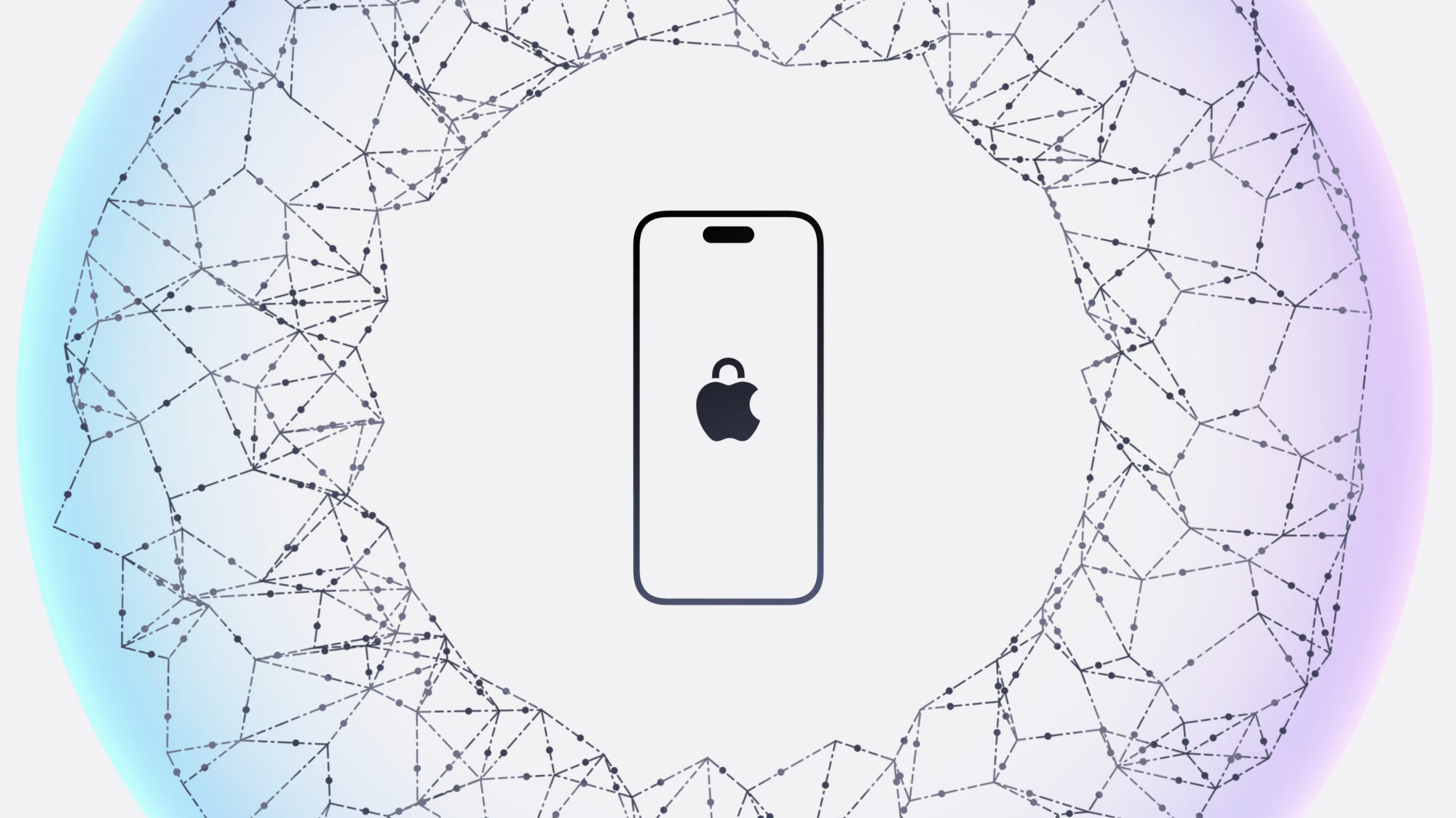
Credit: Apple
Apple Intelligence is the flagship feature of the iOS 18 era, (even if it is coming with iOS 18.1) and it’s available in many different ways across the operating system. Here’s a quick round-up of all the Apple Intelligence features highlighted at the iPhone 16 launch event:
-
Writing Tools: You can generate text via prompts, rewrite text to make it more friendly or professional, or even proofread it. Smart Reply is a related feature, which lets you use AI to quickly add context to your emails.
-
Priority Notifications: Apple Intelligence will rearrange your notifications to put the most important ones at the top. Once the feature actually rolls out en masse, we’ll see if it can actually highlight important alerts. There’s also a new Focus mode called Reduce Interruptions, which will automatically silence low-priority notifications.
-
Summarize articles or emails: Apple Intelligence can generate summaries of long emails or articles. This can save you some time, as long as the summary is accurate. This feature will work in Apple’s Mail app and Safari.
-
Record phone calls: Apple Intelligence supports call recording, and the AI assistant will generate transcripts of recorded calls for you. This transcription feature also works in Apple Notes.
-
Generate images: You can use Apple Intelligence to generate images based on text prompts. If you combine those prompts with a rough sketch you drew, Apple Intelligence can turn your scribbles into a complete image. iOS 18 will also allow you to generate emoji based on text prompts.
-
Clean Up: This is Apple’s take on Google’s Magic Eraser, allowing you to remove photobombers from your images.
Apple says that with iOS 18 and Apple Intelligence, Siri is able to follow your queries even if you make a mistake while speaking. You can quickly correct yourself, and Siri will answer queries accordingly. In addition, Apple Intelligence lets you take a photo of animals to identify their species or breeds, and take a picture of an item to identify it using Google Search.
Apple’s big promise with Apple Intelligence is privacy: The company says your data is only used to process your requests, and that it’s never stored. Quite a bit of Apple Intelligence runs on-device, but Apple can draw on server-based models for certain features. There is ChatGPT integration with some features, such as Writing Tools, but you’ll have to explicitly ask for ChatGPT’s inputs to use it. If you’re wary about utilizing OpenAI’s models, you can avoid them entirely.
While all of this might sound exciting, Apple Intelligence’s biggest hurdle is that it’s not available for most iPhones at the time of this writing. It works with the iPhone 16 series and the iPhone 15 Pro models: iPhone 15 and older devices are out of luck. Other than that, it works only on iPads and MacBooks with Apple’s M-series chips. Many of Apple Intelligence’s features are restricted to U.S. English and support for some other languages will be coming later. Similarly, some of its features will not be available in many regions, so it’s best to check Apple’s website to see which features will be coming to your iPhone.
A built-in password manager
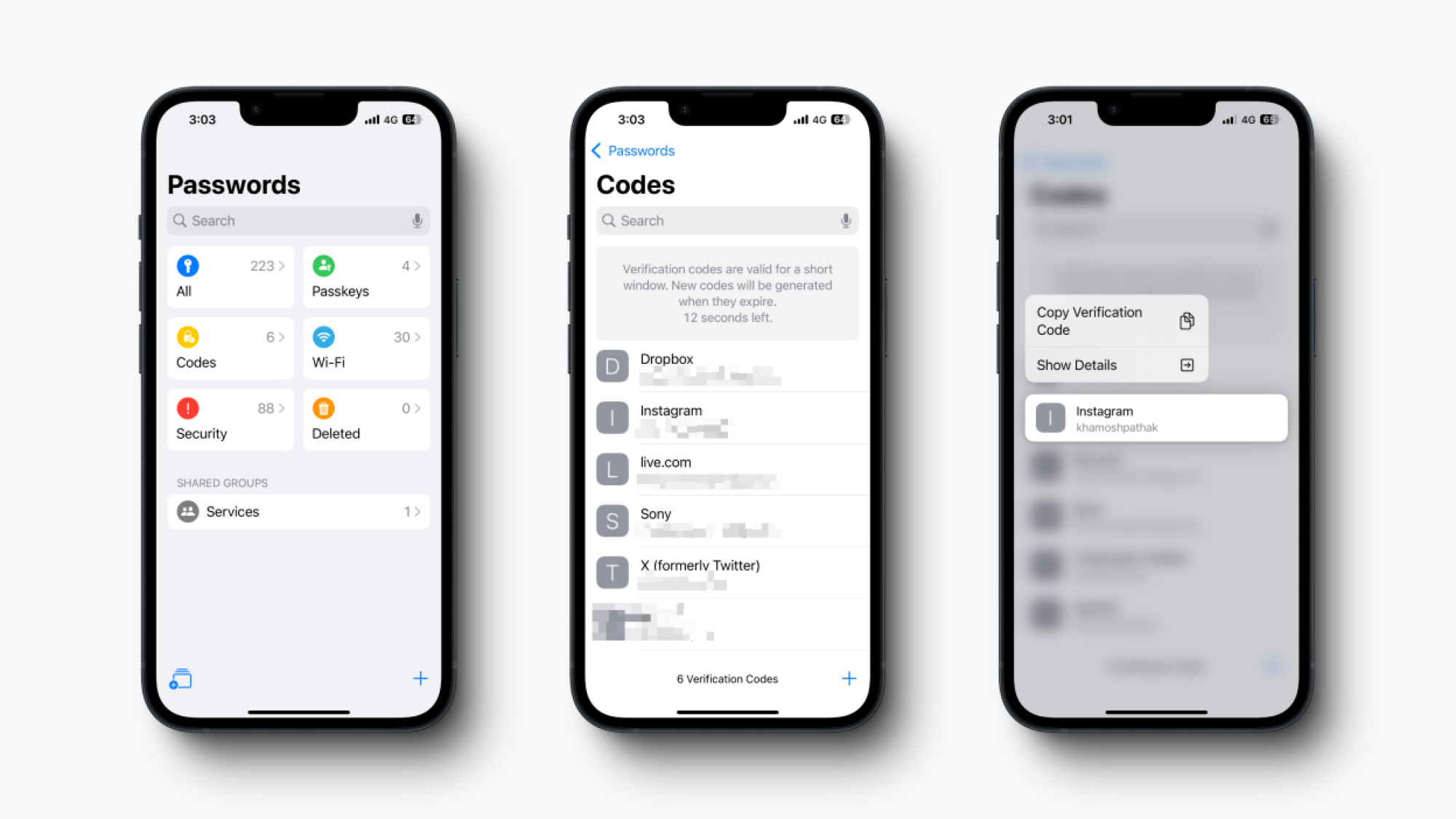
Credit: Khamosh Pathak
One of the biggest additions to iOS 18 is the new Passwords app. It upgrades Apple’s existing password manager tools into dedicated app that works across your Apple devices and on Windows (via the iCloud for Windows app). You can use this to securely store your login credentials, passkeys, and even to generate QR codes to share wifi passwords.
A fully customizable Control Center
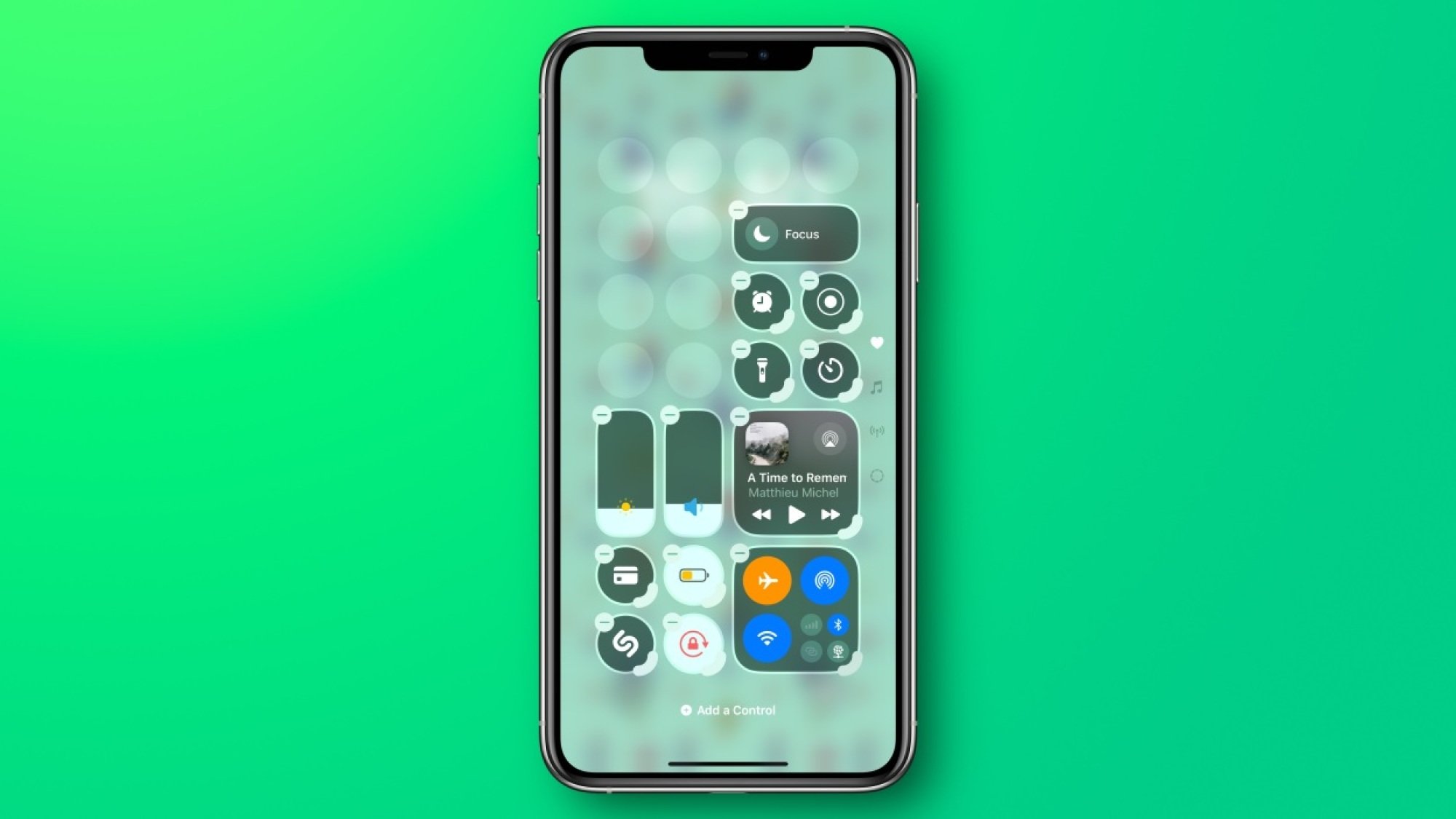
Credit: Pranay Parab
You can now easily reorder all the tiles in your iPhone’s Control Center. I’ve used it to move most-used features to the bottom-right corner, which my thumb can easily reach. You can also delete features that you don’t use, which is a big step forward: Previous versions of iOS didn’t let you remove certain features, such as the Now Playing widget. It’s available on all iPhones running iOS 18.
Personalize your Home Screen
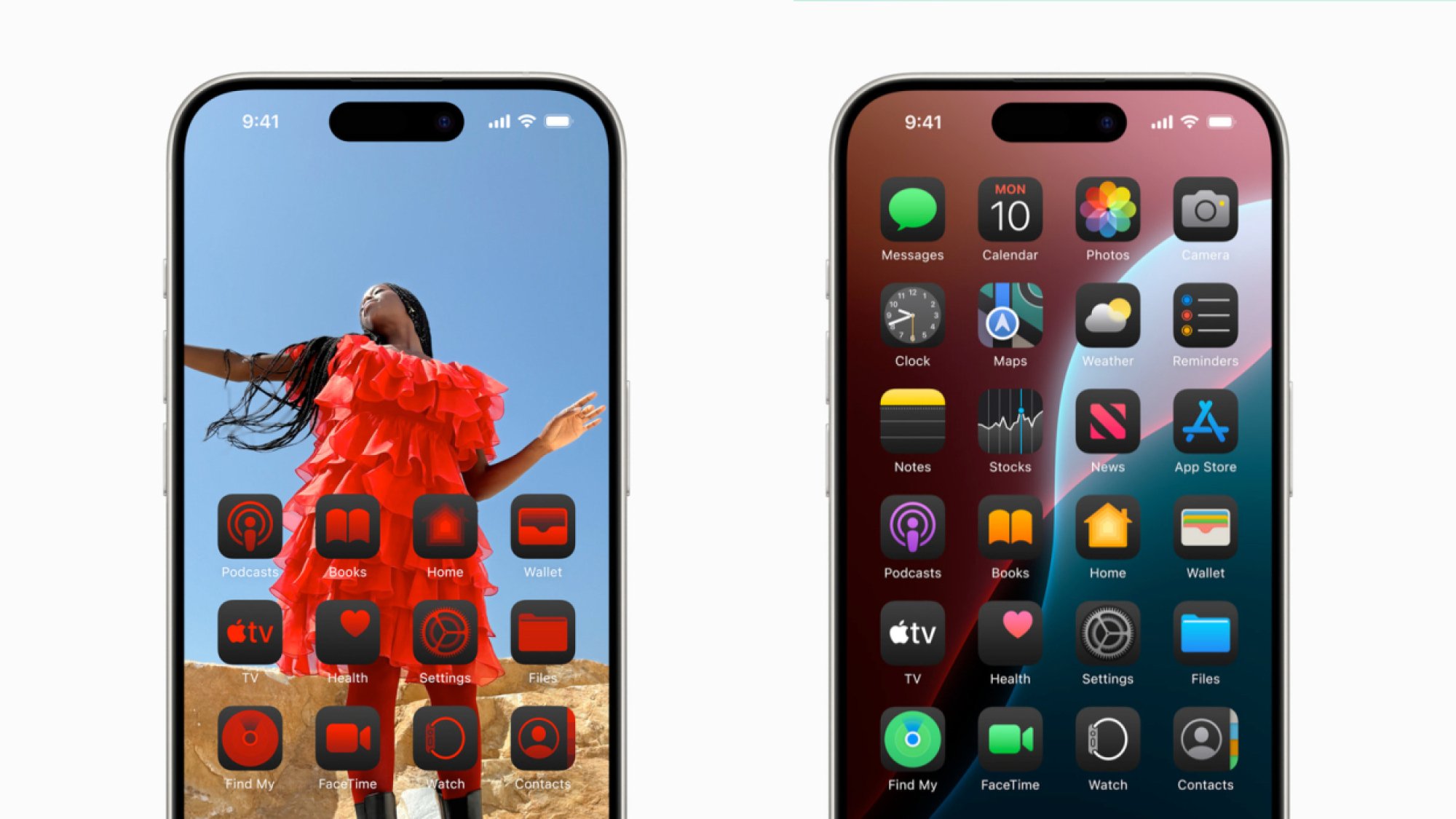
Credit: Apple
Building on customization options in past versions of iOS, Apple has added proper Home Screen customization to iOS 18. You can move apps to any part of the screen now: For example, you can leave the top half of the screen empty and place icons only in the lower half, or in whichever part of the screen you like. This opens up room for more customized Home Screen layouts, à la Android, and you can also move icons around to highlight your wallpapers more. You’re also free to tint your app icons: Depending on your style, you can either match their color scheme to your wallpaper, or pick a contrasting look.
A revamped Messages app
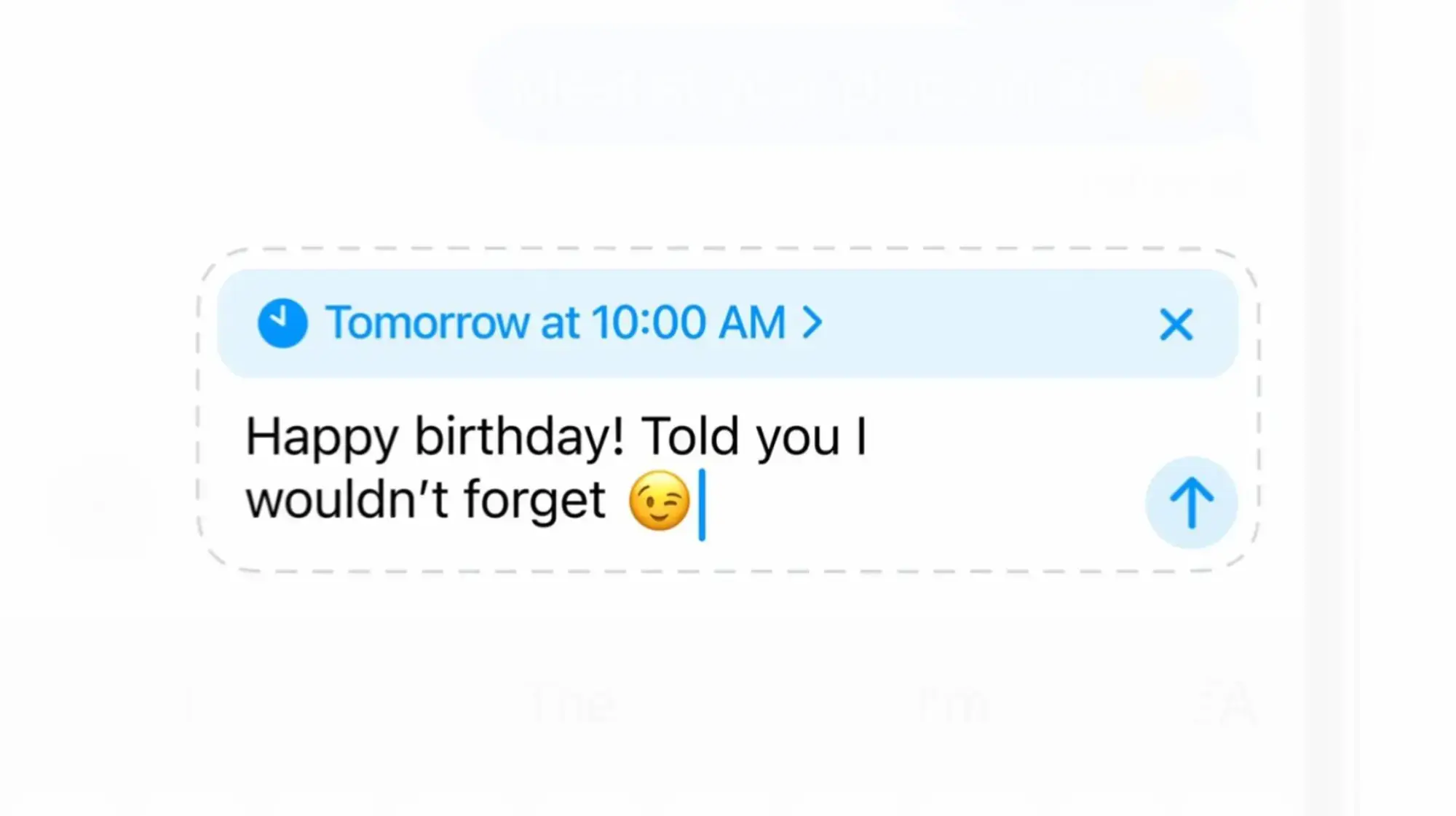
Credit: Apple
Apple gave Messages a lot of attention in iOS 18. Perhaps the most important change, however, is RCS support: You and your Android friends can now send each other higher-quality images and videos, join functioning group chats, and benefit from end-to-end encryption. All-in-all, the experience should feel similar to iMessage. (Although Apple still makes these bubbles green.) iOS 18 also lets you schedule messages to avoid bothering people at odd hours. Other improvements include the addition of new text formatting options such as underline and strikethrough, more text effects, and the ability to react with any emoji you want—not just the six preset options.
Big improvements to Apple Notes
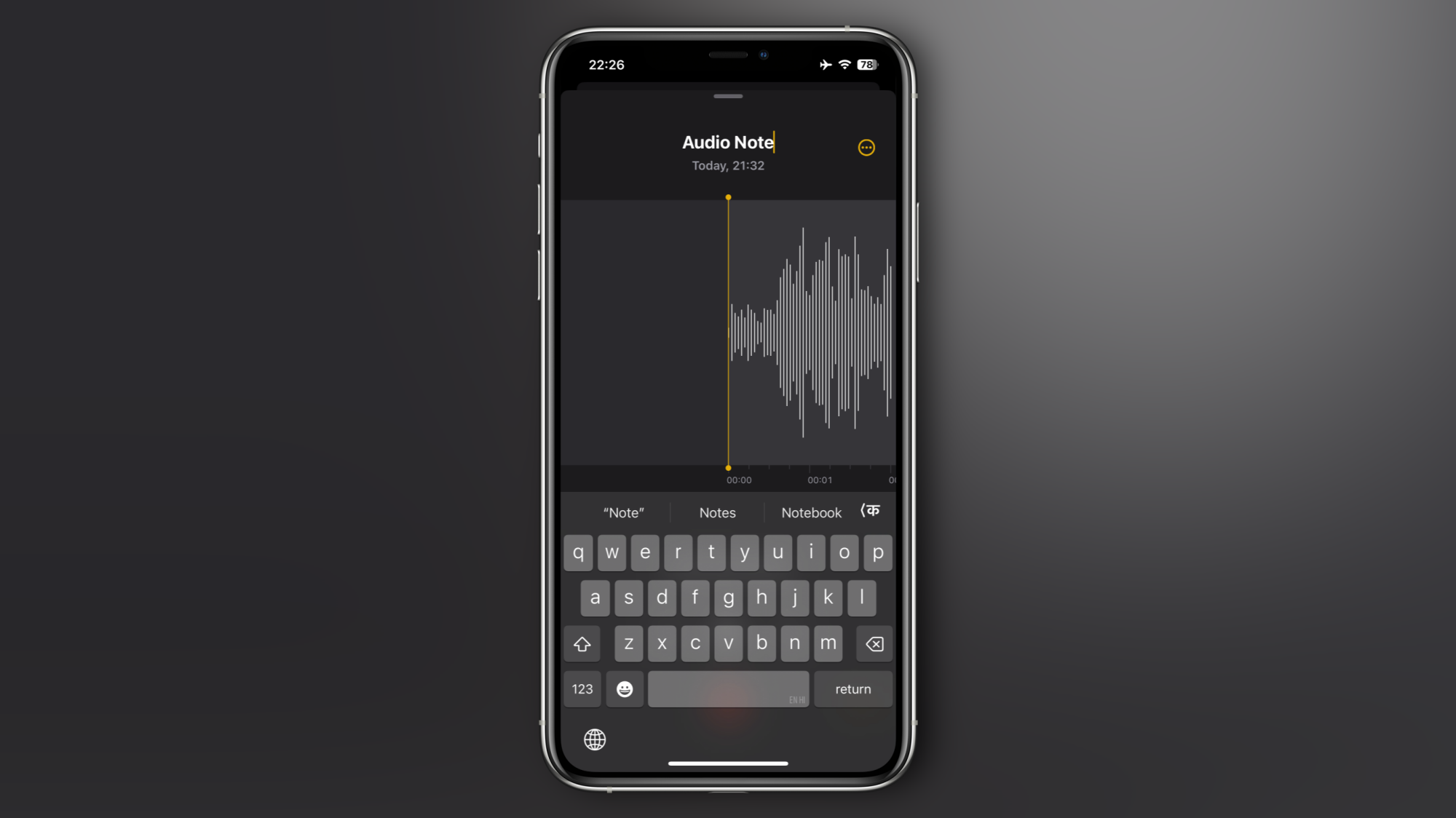
Credit: Pranay Parab
With iOS 18, Apple Notes is getting a big upgrade. You can now solve basic arithmetic problems in the app, great for logging expenses or splitting costs with others. The app also lets you record voice notes, and if you have an Apple Intelligence-compatible phone, even transcribes your audio notes. For improved organization, Notes lets you collapse section headers, so you won’t have to scroll as much in longer notes. Just tap a section header to collapse it and move to the next section.
More privacy and security features
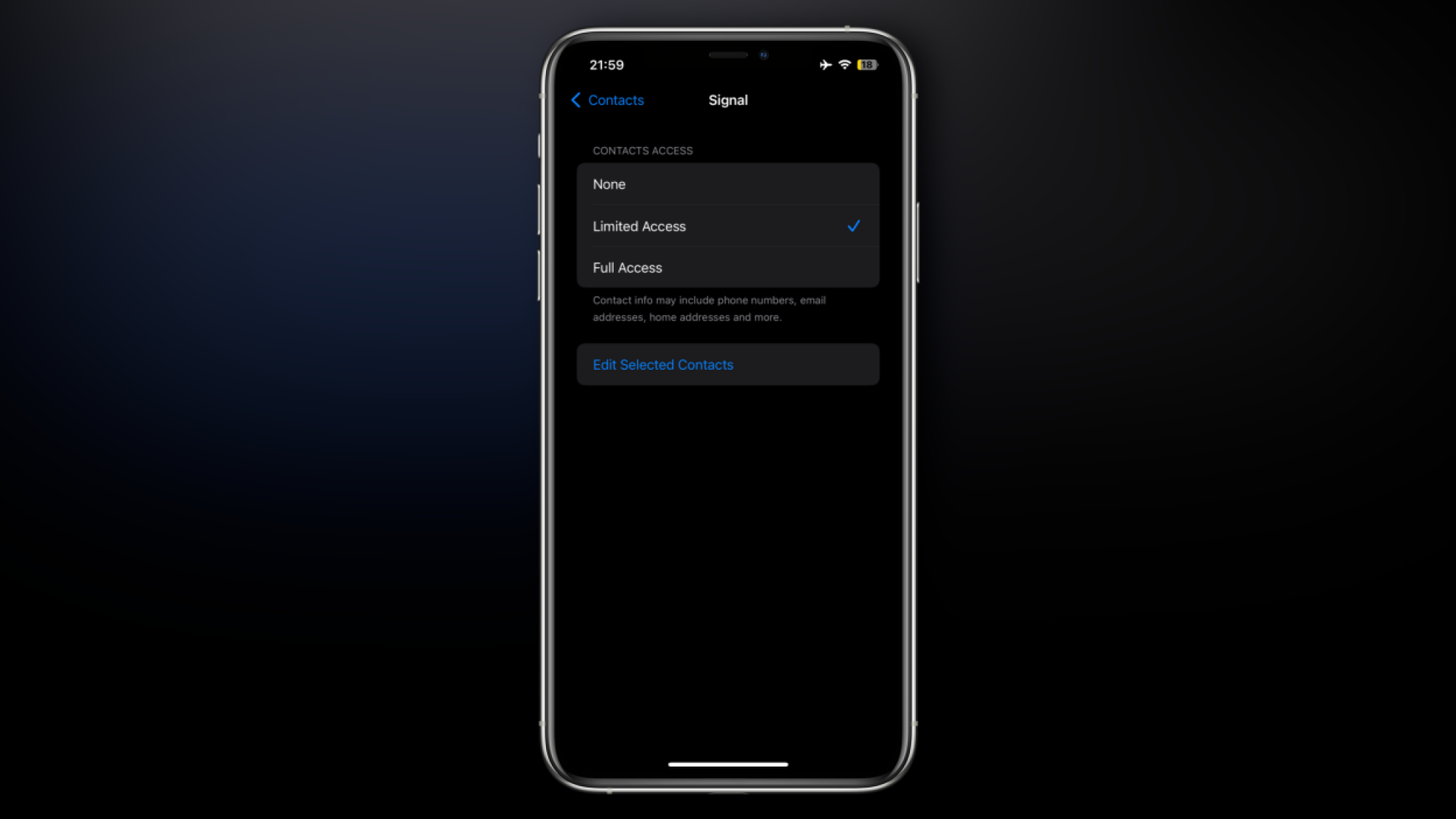
Credit: Pranay Parab
iOS 18 enhances privacy options on iPhone with a redesigned Privacy & Security settings page, where you can quickly check how many apps are accessing certain types of data. When apps ask for access to your address book, you’ll be able to choose specific contacts to give access to, and deny access to the rest. This prevents apps from scraping all your contacts when they only need access to a couple.
Beyond this, there are plenty of hidden features you should keep an eye out for this year. From searching your call history and using reminders in Apple Calendar, to renaming Siri (even though you probably shouldn’t), there’s a lot to look forward to.

Comentarios recientes